Instead I decided that I wanted to try out walking several days in a row by staying overnight in lean-tos (vindskydd). This is from what I've seen a very usual approach taken by wanderers/hikers (although they in some cases stay in tents instead). This required much more planning and preparation than simple day trips. First off I needed to buy a new much backpack and so I bought a 65+10 liter backpack (my regular day trip backpack is 26 liters). Then it was a matter of figuring out which items I will need to bring with me (for instance food for several days, sleeping bag, water etc.) and then buying them when needed. I also needed to fit the backpack to my back and to my shoulders (so that it wouldn't be in the wrong position and thus causing too much strain). I won't go into more detail but it can be noted that it took me over a week to prepare.
After the preparations were done I was ready for a walk. In the morning my mother drove me to Bodane (near Ramundeboda) and we arrived there 11:38. The plan for the first day was to walk 22km to Gråmon and stay at the lean-to there. Then the 2nd day I would walk either to Stenkällegården, which would be a distance of 25km, and stay at one of the cabins there or walk further 5.3km to the lean-to near Stora Djäknasjön (thus in total walk 30.3km that day). And then the third day I would either walk 36.3km from Stenkällegården to Undenäs or 31km from Stora Djäknasjön to Undenäs. In Undenäs my mother would pick me up and drive me home.
However, things sometimes don't go as planned. The first day I indeed did walk the 22km from Ramundeboda to Gråmon, which took me 7h42min (and thus my average speed was about 2.86km/h). However, during the walk I noticed a massive problem: My shoulders started hurting more and more, my back also started hurting. The walk became more and more painful as it went on. My left shoulder hurt especially (which isn't too surprising given that sometimes even when wearing my regular day trip backpack my left shoulder hurts more often than my right shoulder). I came to the conclusion that I can't go on for two more days. What I then did was to call my mother and ask if she could pick me up. Despite the trouble to travel over 200km by car and the trouble of finding the place I was at (where to pick me up), she decided to help me. I initially suggested that I can stay there till the morning but she insisted she would pick me up the same day. So with my help/guidance she found the place I was at and arrived 23:30. Then we went home and that was the end of that trip (well, it should be noted that we nearly collided with a deer that suddenly turned up on the road and also that both of us were very tired and nearly falling asleep in the car). After that I needed to rest my shoulders for over a week. My guess is that my shoulders can't handle carrying much weight because of the bad posture I've been having for many years. Bad posture gives negative consequences long-term and this could very well be one of those consequences. One of the reasons for bad posture is sitting a lot of hours per day, which is something I barely do nowadays. I have a standing desk at my room and I even stand when eating. In front of the TV I stand behind the sofa instead of sitting at the sofa. Standing up obviously doesn't give better posture per default but it's very unhealthy to sit for many hours per day (even more unhealthy than smoking according to some).
So although the trip can be mostly seen as a mistake, it had an important benefit to it: The exclusion of the possibility to go on walking trips where sleeping in the woods (either in a lean-to or in tent) is required. Well, that doesn't sound like a good thing at first and in fact I was disappointed about this and confused at first with regards to how I would handle my other planned walks. However, the earlier I was able to exclude this option the better since I would otherwise end up doing more planning thinking that I can simply take this approach of walking several days in a row. It also simplifies the planning in general since there are fewer options remaining such as regular day trips (travelling to a place, walking and travelling back home), staying at a hostel for several days, relying on the flexibility of travelling by car (and sleeping either at a hostel or in the car, of course that requires that I get a driving license which is something I'm currently working on).
In either case, I will briefly summarize the character of the walk. In general it can be noted that Bergslagsleden (as far as I know) goes almost entirely through forests (most often on footpaths) and there's comparatively little farm land on the path. It feels quite more wild and indeed you can come across (with some luck (as I see it) or bad luck depending on your view) for instance beavers, lynxes, wolves and bears. Unlike Bohusleden however the walks are generally less demanding when it comes to the terrain (there are less height variations and fewer dangerous segments). So far however, my Bergslagsleden walks have been quite slow and there are several reasons for this. Firstly, I take a lot of photos and that takes a significant amount of time. Secondly I try to not walk too fast and try to visit as many points of interest as I have time and fortitude for (sometimes the points of interests are too far from the main path so I tend to avoid visiting these). This walk was no exception in that regard, it went through the woods, specifically through the Tiveden forest area (which stretches from Ramundeboda in the north to north of Forsvik in the south), and to a large extent on footpaths. The walk was pretty slow, not only because of carrying my heavy backpack, but because I took my time and for instance spent almost 1 hour visiting the Ramundeboda monastery ruins. Overall it was beautiful (which can be said about Bergslagsleden in general, it's mostly forests but the forests are beautiful (in this case fine sand forests (moskog/tallmo) mostly)) and I don't have any complaints about the trail itself. Enjoy the photos below!
1.
"Old rest area and medieval convent ruins
Ramundeboda is an ancient meeting place - a hub on the border of two counties and two provinces. The site was therefore an important stop on the Swedish King's traditional tour of his Kingdom, receiving praise from his countrymen. During a short period of time, from around the year 1475 to 1530, the only Swedish convent affiliated with the Hospital Brothers of St. Anthony was established here and was operated as a hospice and a chapel. The monks' wall is probably the remains of their stone church which was never completed. After the convent had been dissolved, there was both an inn and a church on the site. Both were moved during the second half of the 19th century to the new railroad town of Laxå."
Ramundeboda is an ancient meeting place - a hub on the border of two counties and two provinces. The site was therefore an important stop on the Swedish King's traditional tour of his Kingdom, receiving praise from his countrymen. During a short period of time, from around the year 1475 to 1530, the only Swedish convent affiliated with the Hospital Brothers of St. Anthony was established here and was operated as a hospice and a chapel. The monks' wall is probably the remains of their stone church which was never completed. After the convent had been dissolved, there was both an inn and a church on the site. Both were moved during the second half of the 19th century to the new railroad town of Laxå."
2.
"A church that was never completed
This strong wall was built during medieval times and is probably the beginning of a church which was never completed. Construction was interrupted when the convent was dissolved around year 1530. In 1673 it is described as a rectangular wall, 21x44 metres in size, roughly the size of the Nikolai Church in Örebro. Parts of the wall were later demolished and reused for a cemetery wall. The remaining parts of the wall were restored in the early 21st century."
This strong wall was built during medieval times and is probably the beginning of a church which was never completed. Construction was interrupted when the convent was dissolved around year 1530. In 1673 it is described as a rectangular wall, 21x44 metres in size, roughly the size of the Nikolai Church in Örebro. Parts of the wall were later demolished and reused for a cemetery wall. The remaining parts of the wall were restored in the early 21st century."
3.
"The church that was moved
There has been a church in Ramundeboda ever since medieval times. Travelers would take the opportunity to visit the church for a prayer to ward off all the dangers that lurked along the road through Tiveden. The Hospital Brothers of St. Anthony's chapel was also used after the convent was closed, but was replaced during the 1640s, by St. Olaf's Church. Not long after the closure the local ironmaster, Anders Boij, wanted a larger and more imposing church. A cross-shaped timber church was completed in 1688. In 1899, after 200 years in one place, the church was moved to Laxå - a new community developed next to the new railway. The von Boij's family tombstone is still standing where the chancel had been before the church was moved."
The photo shows the crypt, which remains here to this today.
Rotated the photo slightly and cropped it.
There has been a church in Ramundeboda ever since medieval times. Travelers would take the opportunity to visit the church for a prayer to ward off all the dangers that lurked along the road through Tiveden. The Hospital Brothers of St. Anthony's chapel was also used after the convent was closed, but was replaced during the 1640s, by St. Olaf's Church. Not long after the closure the local ironmaster, Anders Boij, wanted a larger and more imposing church. A cross-shaped timber church was completed in 1688. In 1899, after 200 years in one place, the church was moved to Laxå - a new community developed next to the new railway. The von Boij's family tombstone is still standing where the chancel had been before the church was moved."
The photo shows the crypt, which remains here to this today.
Rotated the photo slightly and cropped it.
4.
"The double basement
This is the ruin of a medieval basement built of stone. There was a dwelling made of wood above the basement. The building probably functioned as the Hospital Brothers of St. Anthony's dwelling and is one of the few remnants of the Ramundeboda convent. The coins and objects found in and near the basement indicate that the place was used from the 15th to the 18th century. The ruin has been restored several times, most recently in 2010 when the walls were repaired. Stones added during restoration have been marked with a cross. The lining around the stairs and windows are built with new bricks."
This is the ruin of a medieval basement built of stone. There was a dwelling made of wood above the basement. The building probably functioned as the Hospital Brothers of St. Anthony's dwelling and is one of the few remnants of the Ramundeboda convent. The coins and objects found in and near the basement indicate that the place was used from the 15th to the 18th century. The ruin has been restored several times, most recently in 2010 when the walls were repaired. Stones added during restoration have been marked with a cross. The lining around the stairs and windows are built with new bricks."
5.
Borasjön. Sharpened the photo slightly using unsharp mask. Also rotated the photo slightly and cropped it.
6.
Sågdammsån. Increased the contrast slightly.
7.
8.
Rotated the photo slightly and cropped it.
9.
10.
Slightly increased the contrast for the photo.
11.
Långsmoån
12.
13.
14.
Kråkån. Brightened the non-sky parts slightly using the levels tool.
15.
16.
"Altarstenen and Tiveden
This erratic boulder of coarse red granite lies at the ancient border between the counties of Närke and Västergötland. According to tradition, the munks on their way from the monastery in Ramundeboda to Olshammar, would stop here and hold a service for the local people. The erratic stone was frozen into the inland ice and ended up in this place when the ice melted away from this part of Tiveden approximately 10300 years ago.
For more than 3 km from here, Bergslagsleden follows the county border by balancing on the clear shingle ridge, Kråksjöåsen. Tiveden can mean 'God Ti or Tyr's forest'. 'Tiva' also means 'the gods' which would give the meaning of 'forest of the gods'. This was the wilderness between the lakes Vättern and Hjälmaren which separated the Svea and Göta peoples from each other. Brave was the man who challenged the wolves, bears, robbers and outlaws in the 'twelve mile forest'.
In an old folk story, it's told how the first people immigrated into Tiveden. Östergötland had been stricken by a disastrous failure of the crops. In order to reduce the number of mouths to feed, the king decreed that a lottery would take place and that one in ten of the population would be killed. But his queen, a wise woman, managed to succeed in mitigating the order. Instead of being killed, those who drew a short straw were forced to leave the area. These people then traveled to Tiveden, where they broke new ground. The border between Svea and Göta lands was often disputed. Several battles were fought out in Tiveden, amongst other places at Älgarås 1205, at Hova 1275 and Ramundeboda in 1520."
This erratic boulder of coarse red granite lies at the ancient border between the counties of Närke and Västergötland. According to tradition, the munks on their way from the monastery in Ramundeboda to Olshammar, would stop here and hold a service for the local people. The erratic stone was frozen into the inland ice and ended up in this place when the ice melted away from this part of Tiveden approximately 10300 years ago.
For more than 3 km from here, Bergslagsleden follows the county border by balancing on the clear shingle ridge, Kråksjöåsen. Tiveden can mean 'God Ti or Tyr's forest'. 'Tiva' also means 'the gods' which would give the meaning of 'forest of the gods'. This was the wilderness between the lakes Vättern and Hjälmaren which separated the Svea and Göta peoples from each other. Brave was the man who challenged the wolves, bears, robbers and outlaws in the 'twelve mile forest'.
In an old folk story, it's told how the first people immigrated into Tiveden. Östergötland had been stricken by a disastrous failure of the crops. In order to reduce the number of mouths to feed, the king decreed that a lottery would take place and that one in ten of the population would be killed. But his queen, a wise woman, managed to succeed in mitigating the order. Instead of being killed, those who drew a short straw were forced to leave the area. These people then traveled to Tiveden, where they broke new ground. The border between Svea and Göta lands was often disputed. Several battles were fought out in Tiveden, amongst other places at Älgarås 1205, at Hova 1275 and Ramundeboda in 1520."
17.
Next to Kråksjön. Here a dam embankment has been created to regulate the water level in Kråksjön. It was primarily various works/mills and power plants in Laxå that were interested (and still are interested) in the water level regulation.
18.
Kråksjön. Sharpened the photo slightly using unsharp mask.
19.
Aborrtärnen. Rotated the photo slightly and cropped it. Also sharpened the photo slightly using unsharp mask. Finally I increased the contrast and brightness slightly using the brightness-contrast tool.
20.
Kråksjöåsen
21.
Tjyva-Stenarna (The thief stones)
Boulder collections like these are common in Tiveden. The large rocks were frozen in the slowly southward moving ice mass. When the ice movement stopped and the ice started to melt, the rocks descended and ended up on the ground. There they have lied for 10300 years, in other words ever since the ice sheet let go of this region.
Because the melt water from the ice sheet washed across between the blocks there are today small caves under some of the blocks.
It is said that the legendary super-thief and dynamiter Bildsköne Bengtsson stashed his prey below the rocks.
Increased the contrast slightly.
Boulder collections like these are common in Tiveden. The large rocks were frozen in the slowly southward moving ice mass. When the ice movement stopped and the ice started to melt, the rocks descended and ended up on the ground. There they have lied for 10300 years, in other words ever since the ice sheet let go of this region.
Because the melt water from the ice sheet washed across between the blocks there are today small caves under some of the blocks.
It is said that the legendary super-thief and dynamiter Bildsköne Bengtsson stashed his prey below the rocks.
Increased the contrast slightly.
22.
23.
Charcoal kiln
24.
Increased the contrast for the photo slightly. Also sharpened the photo slightly using unsharp mask.
25.
26.
27.
Rotated the photo slightly and cropped it.
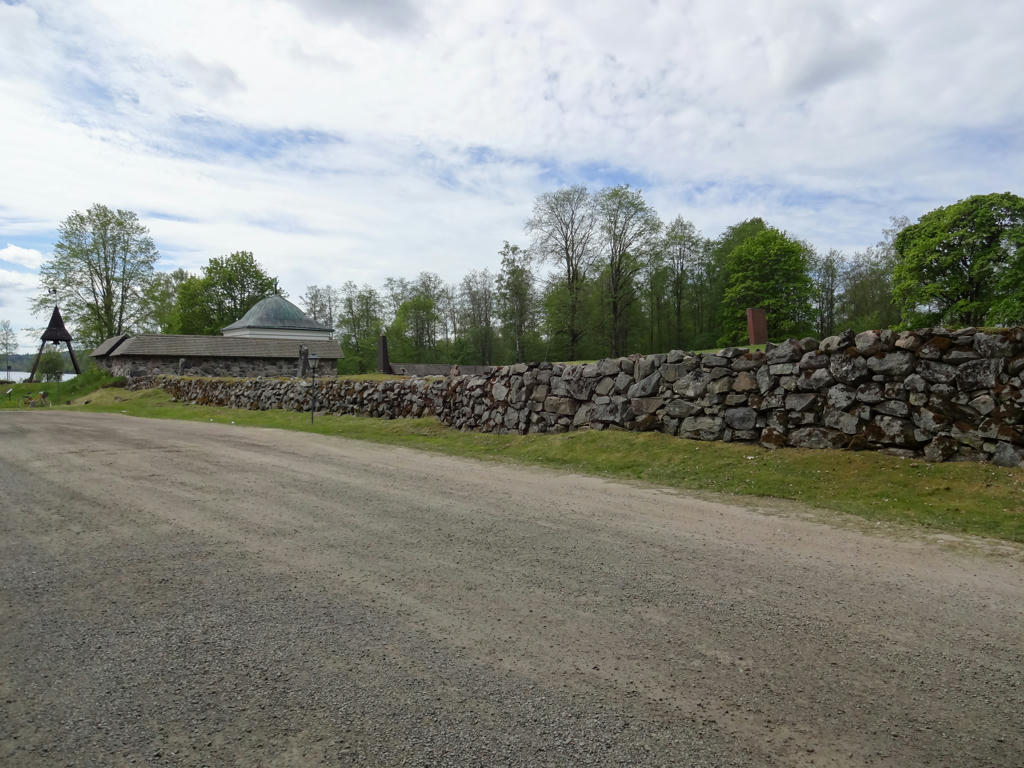
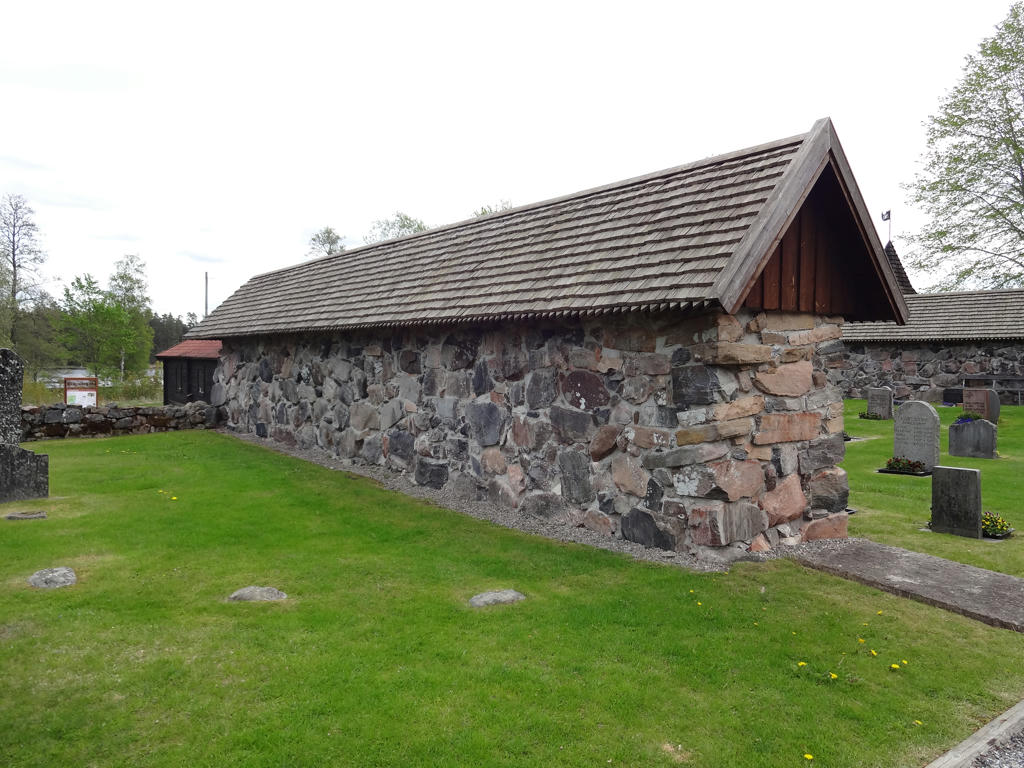
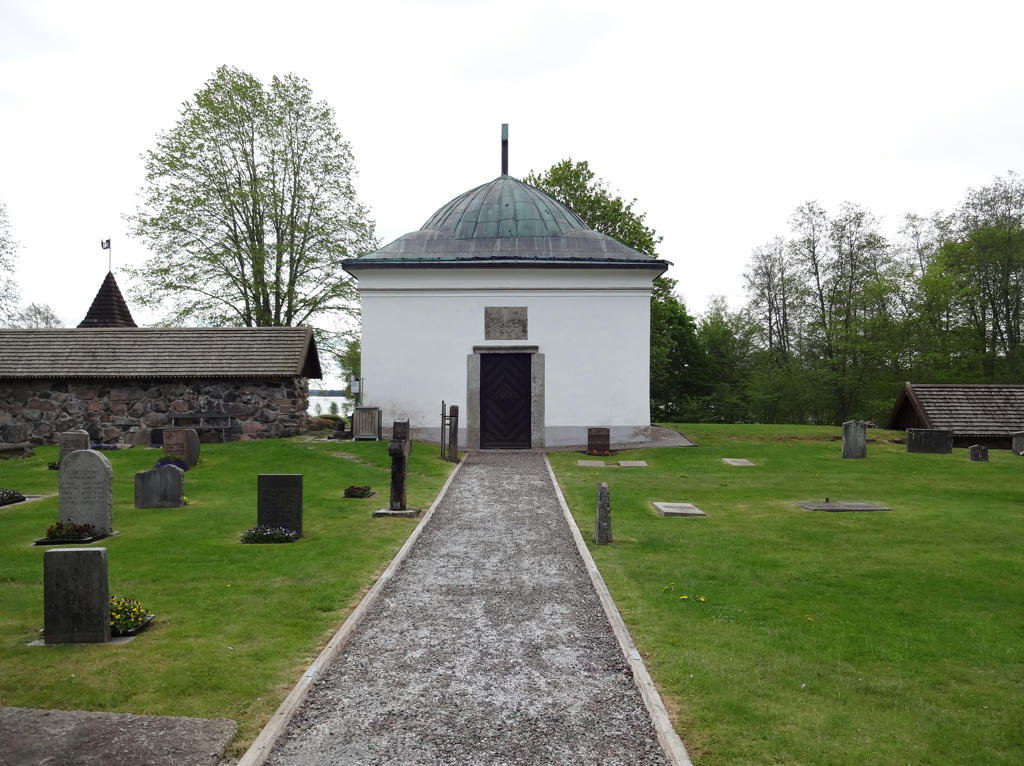
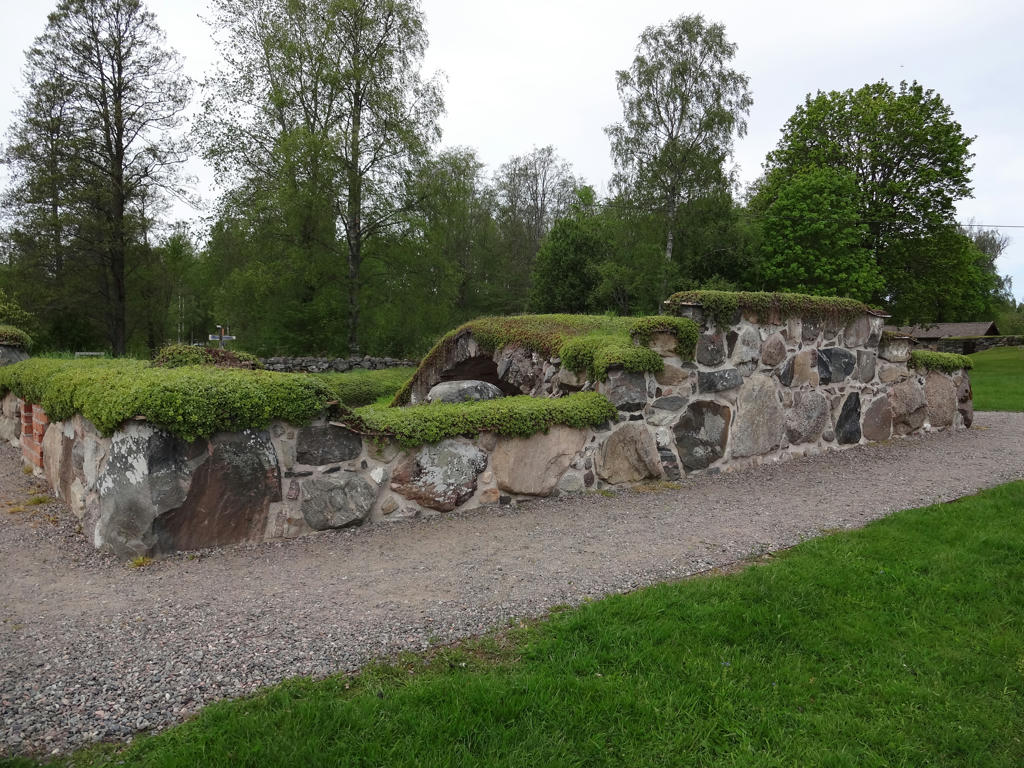
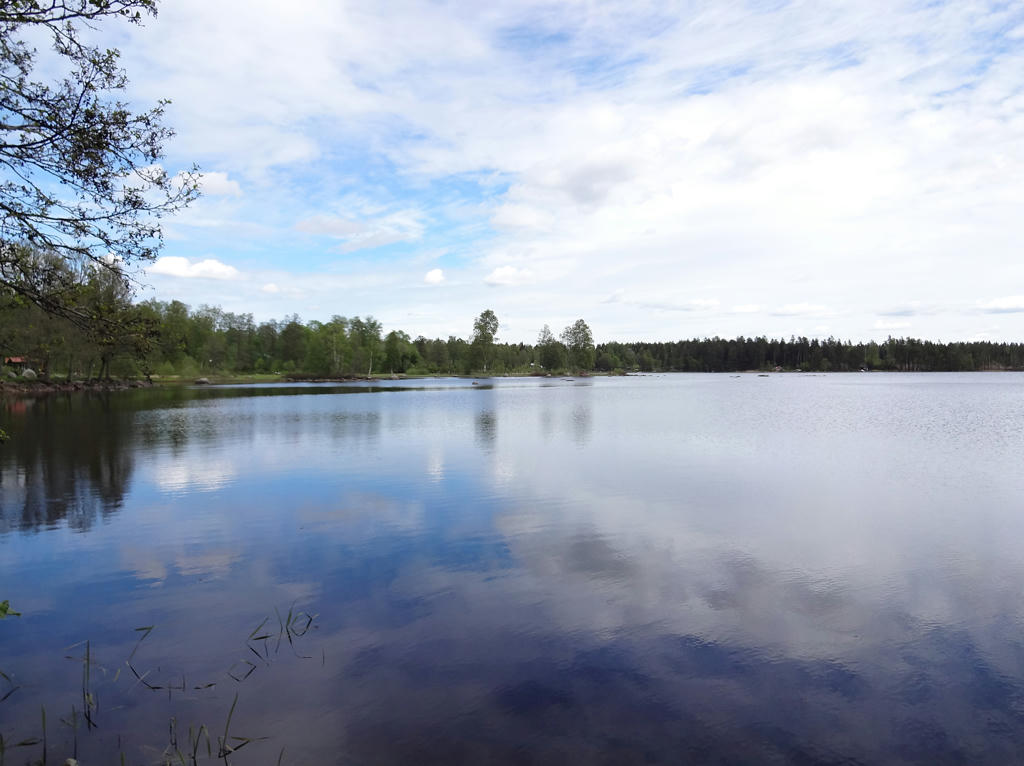
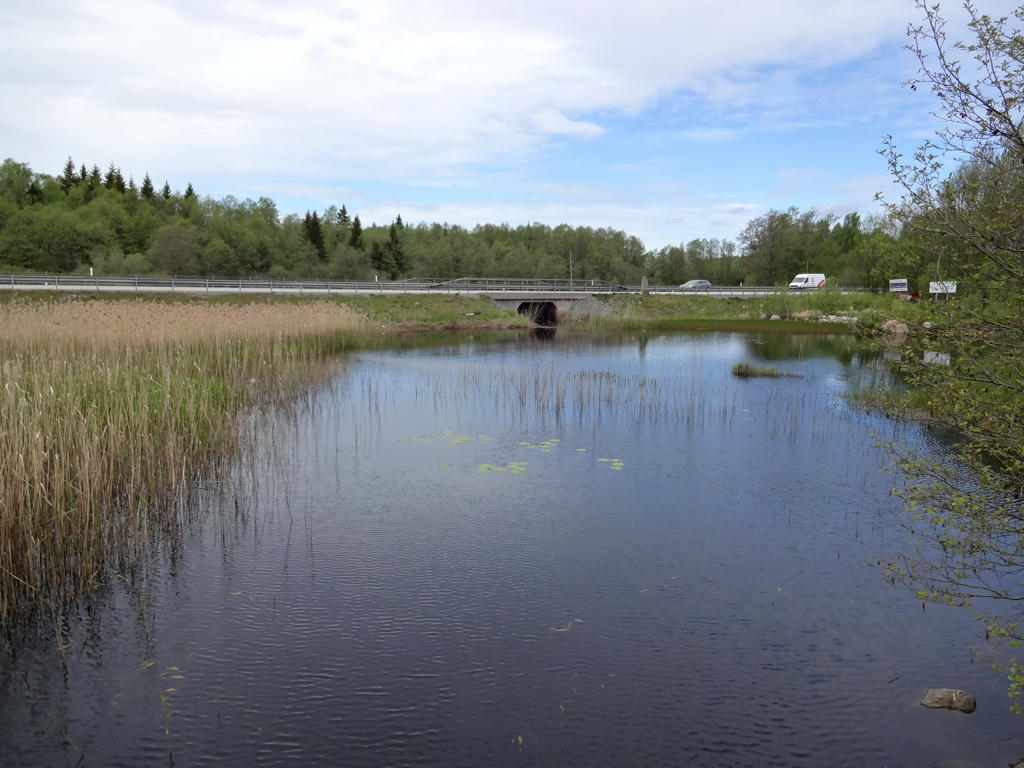
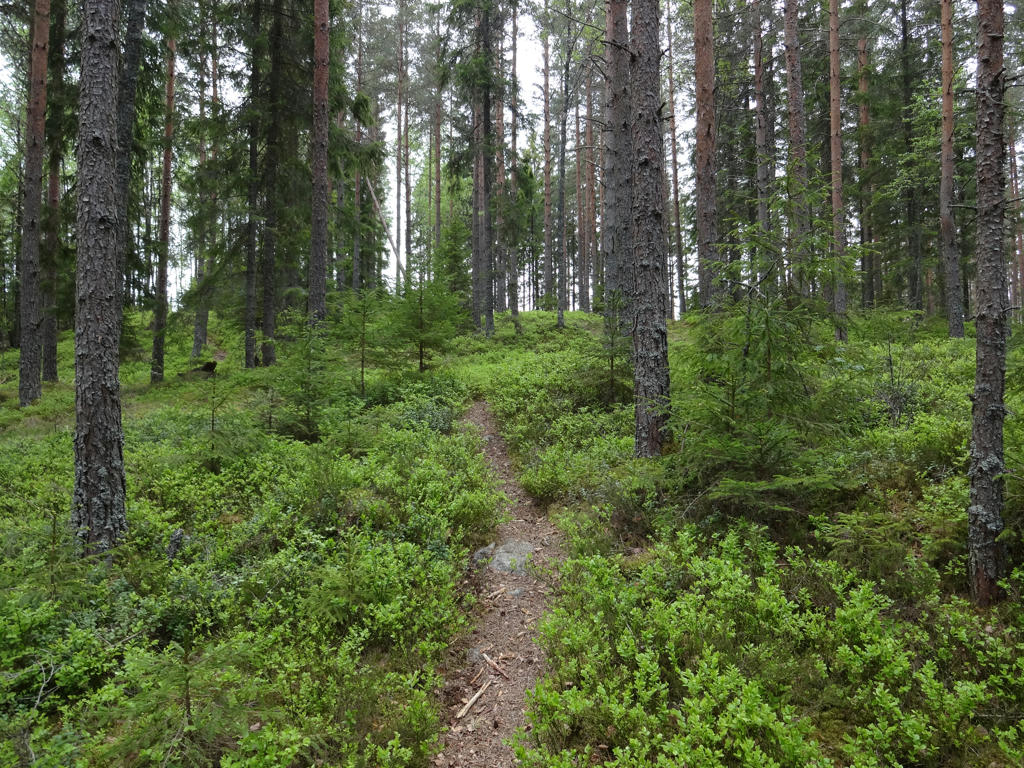
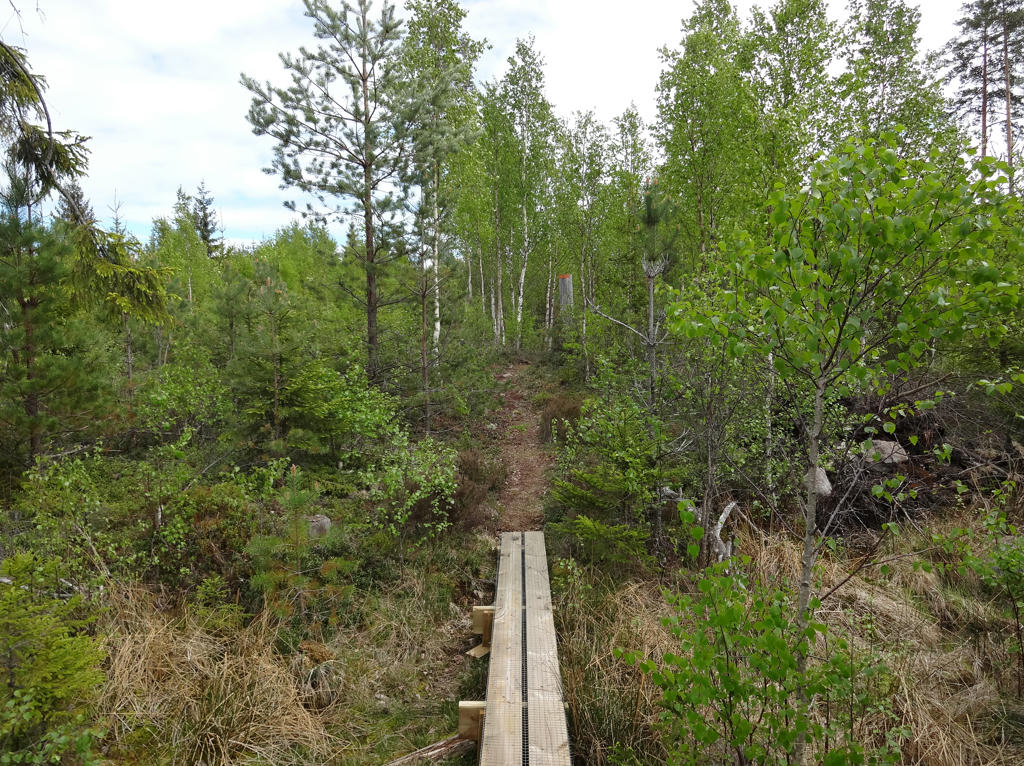
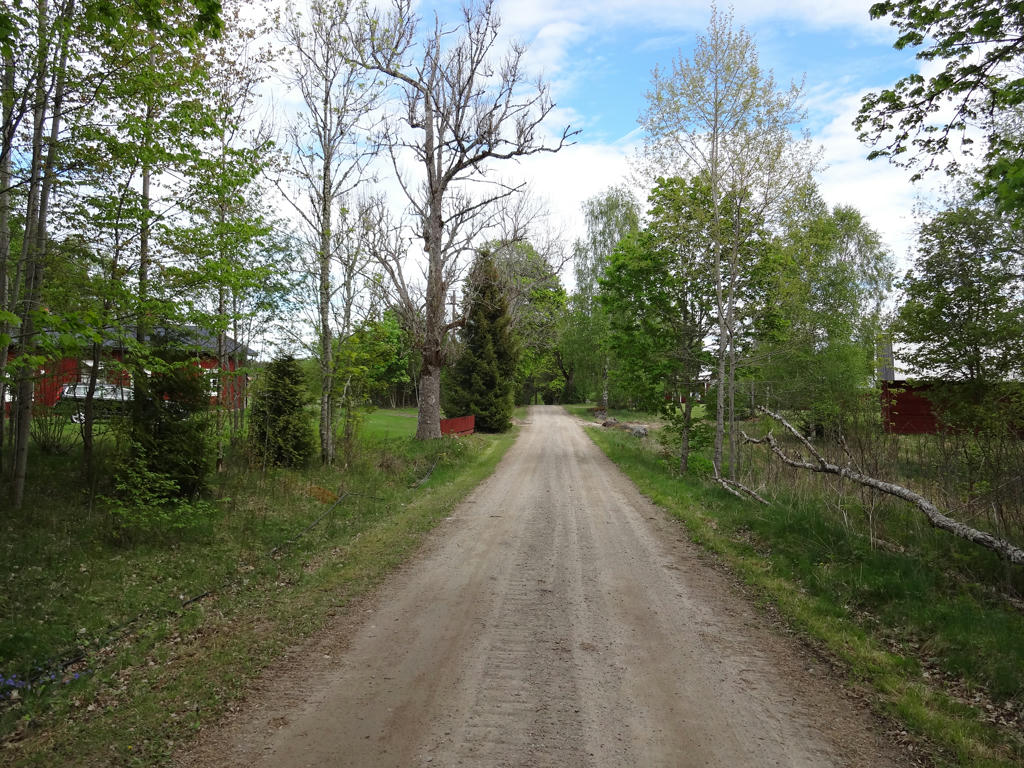
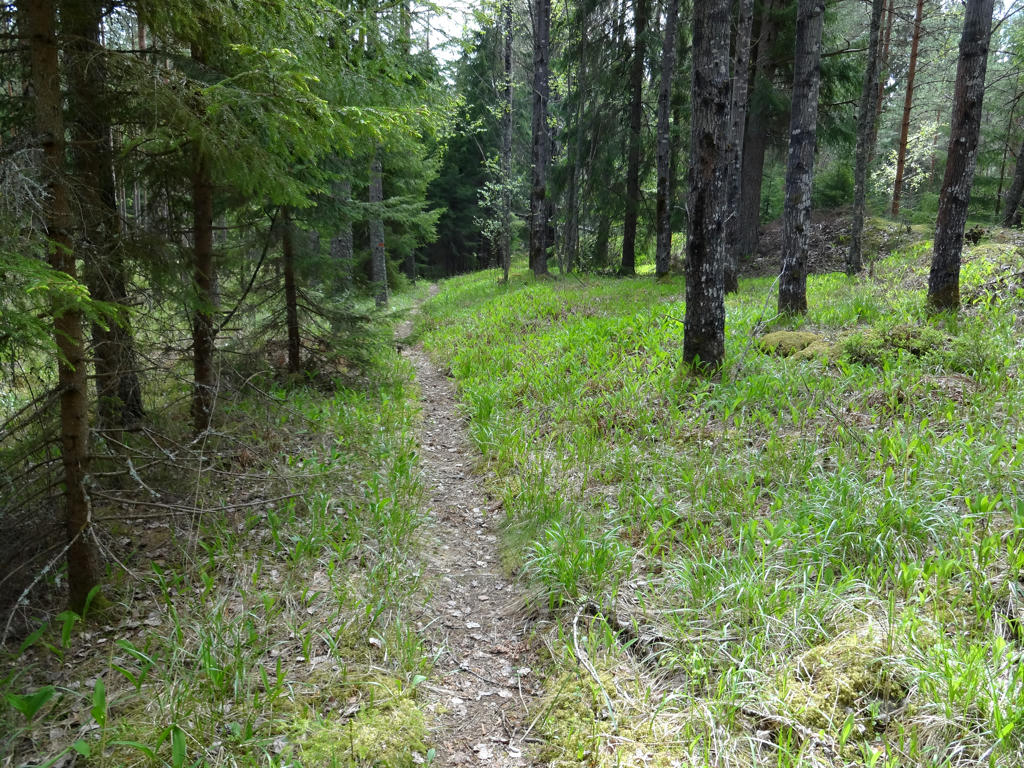
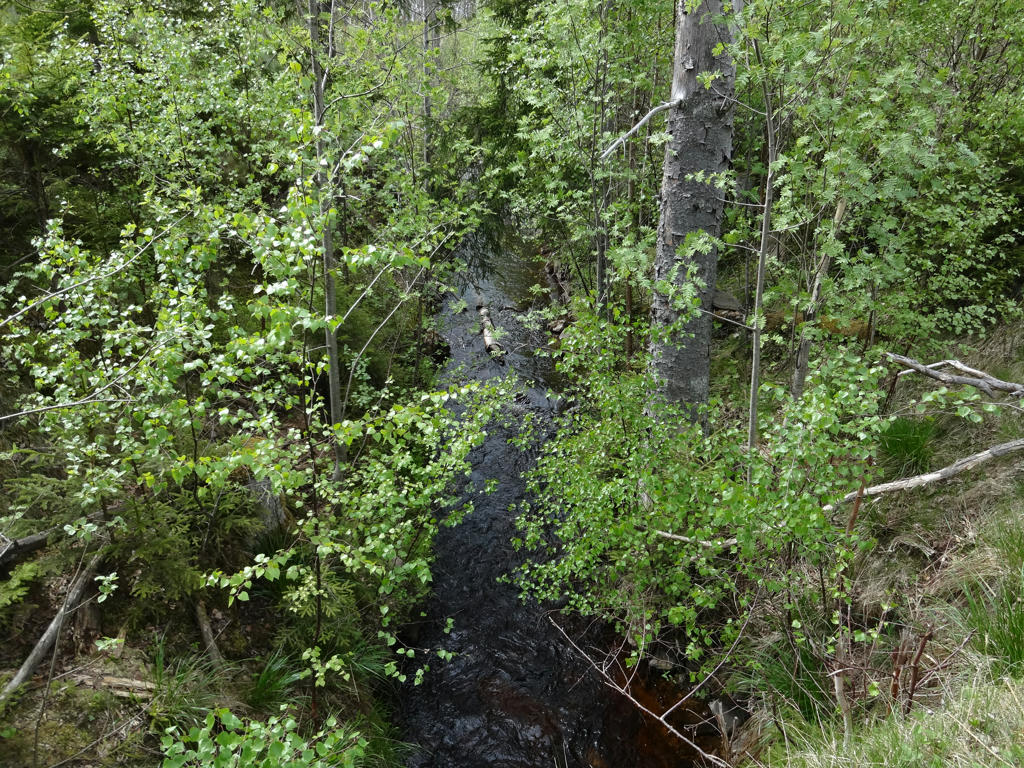
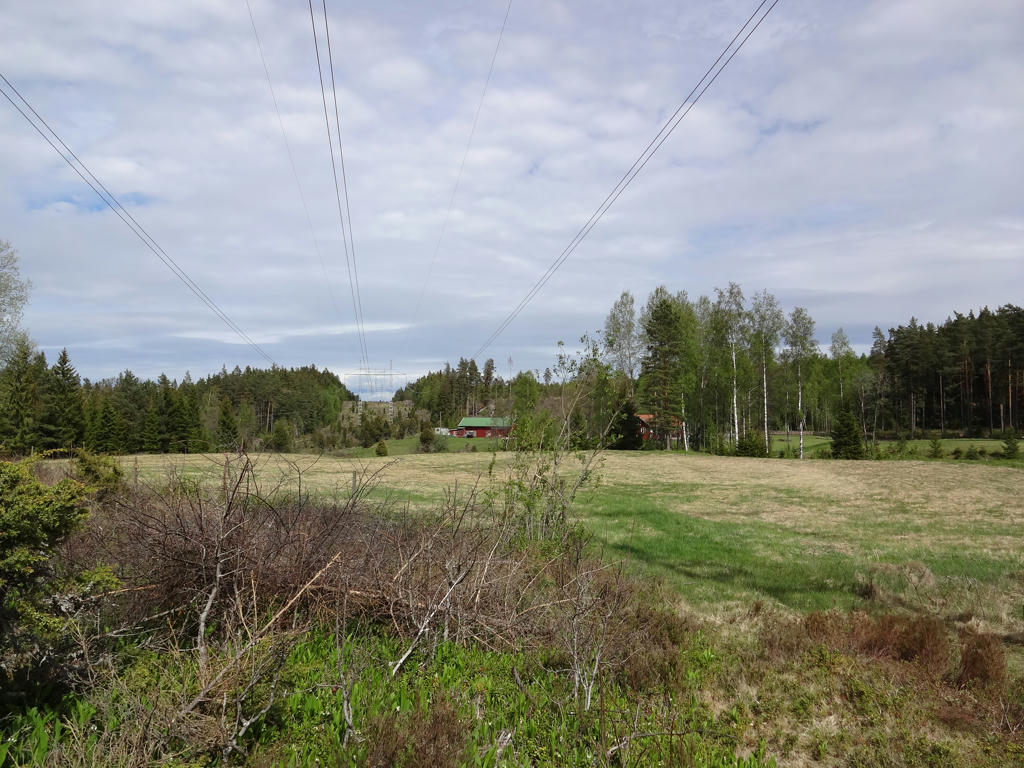
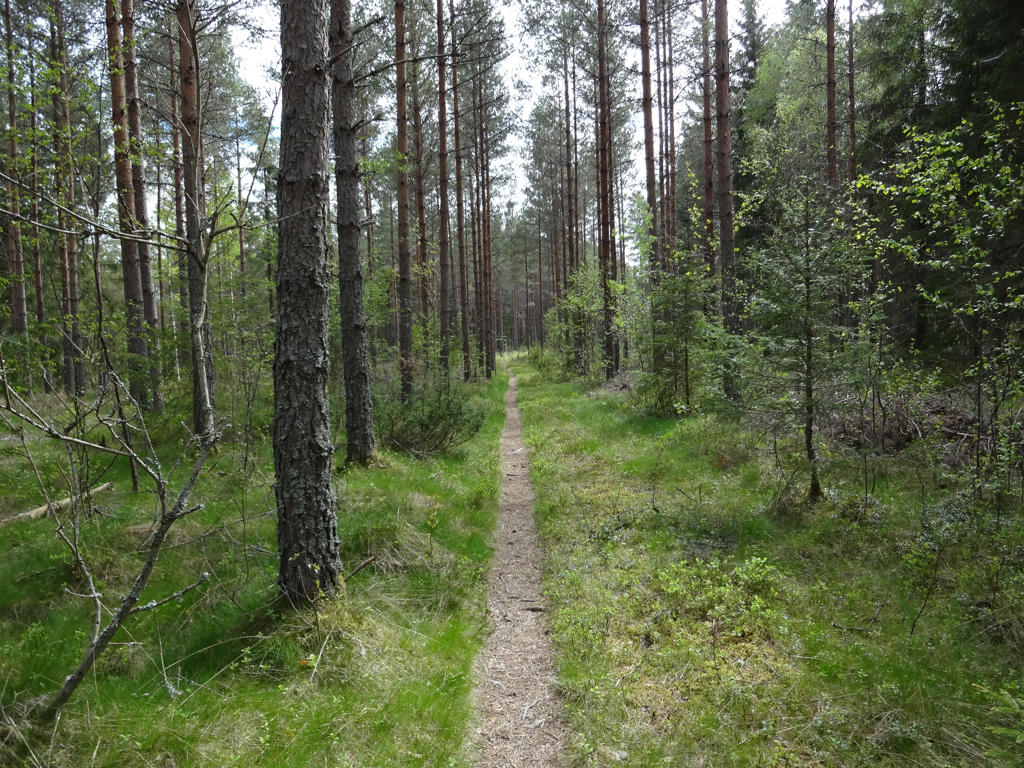
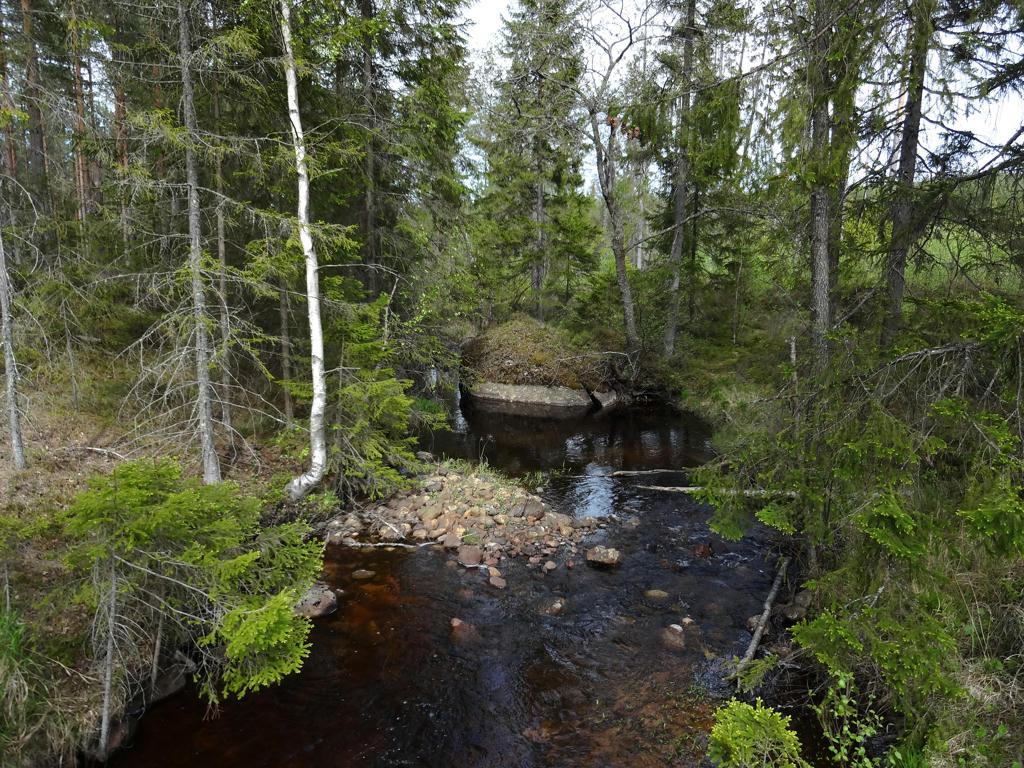
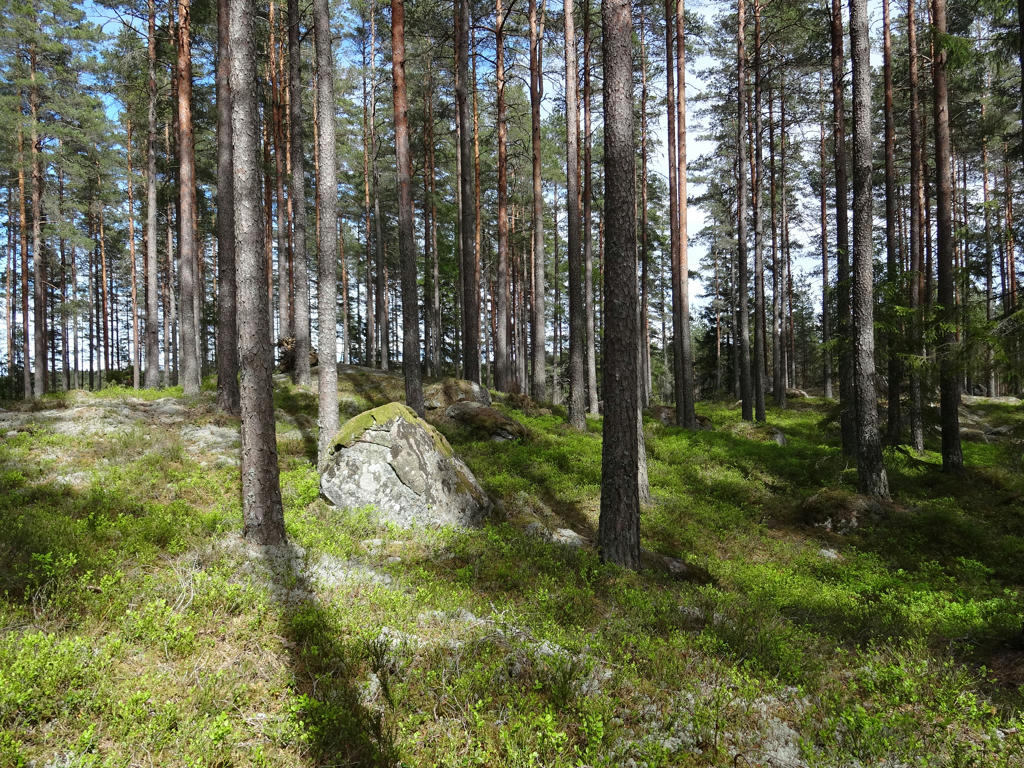
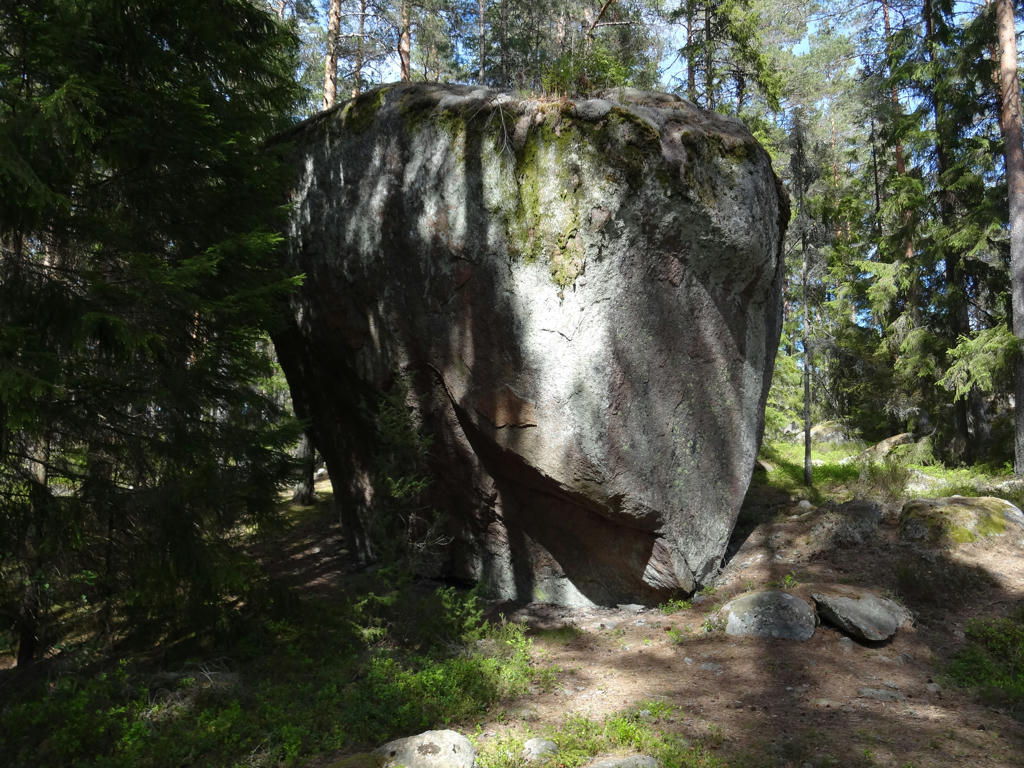
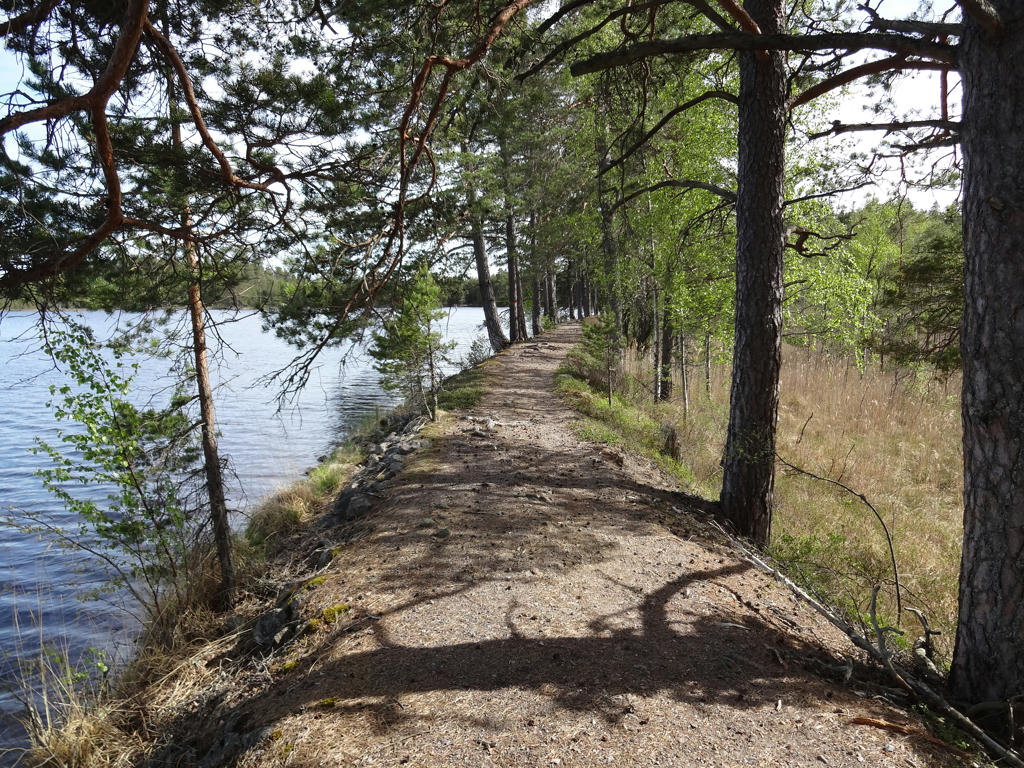
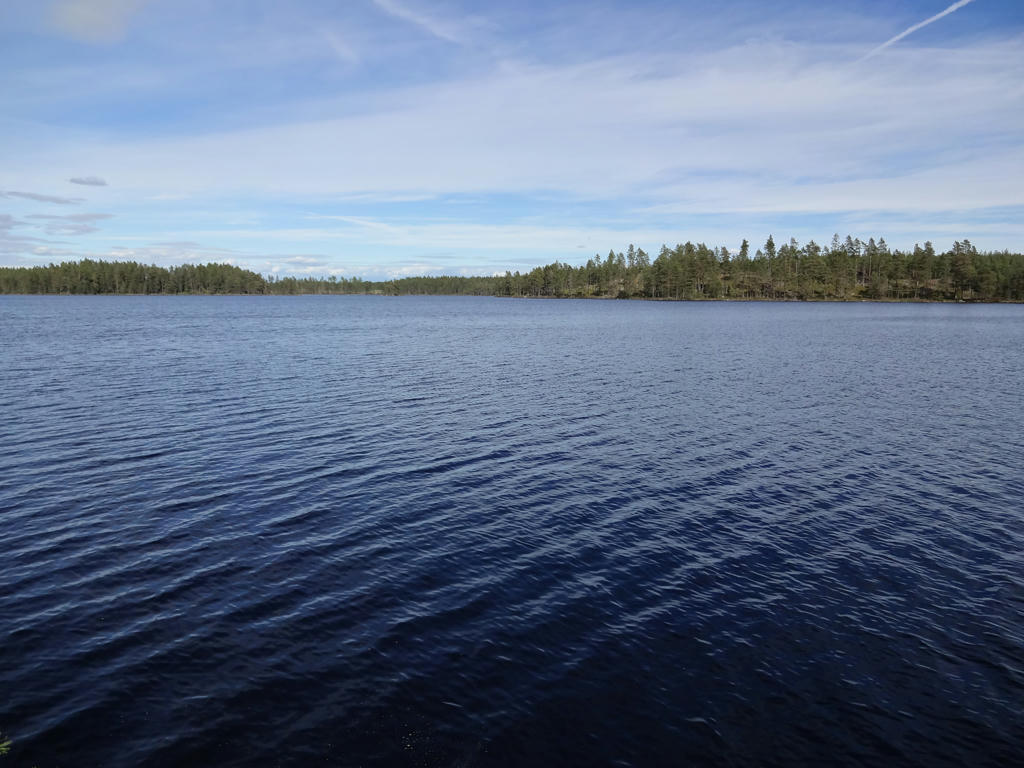
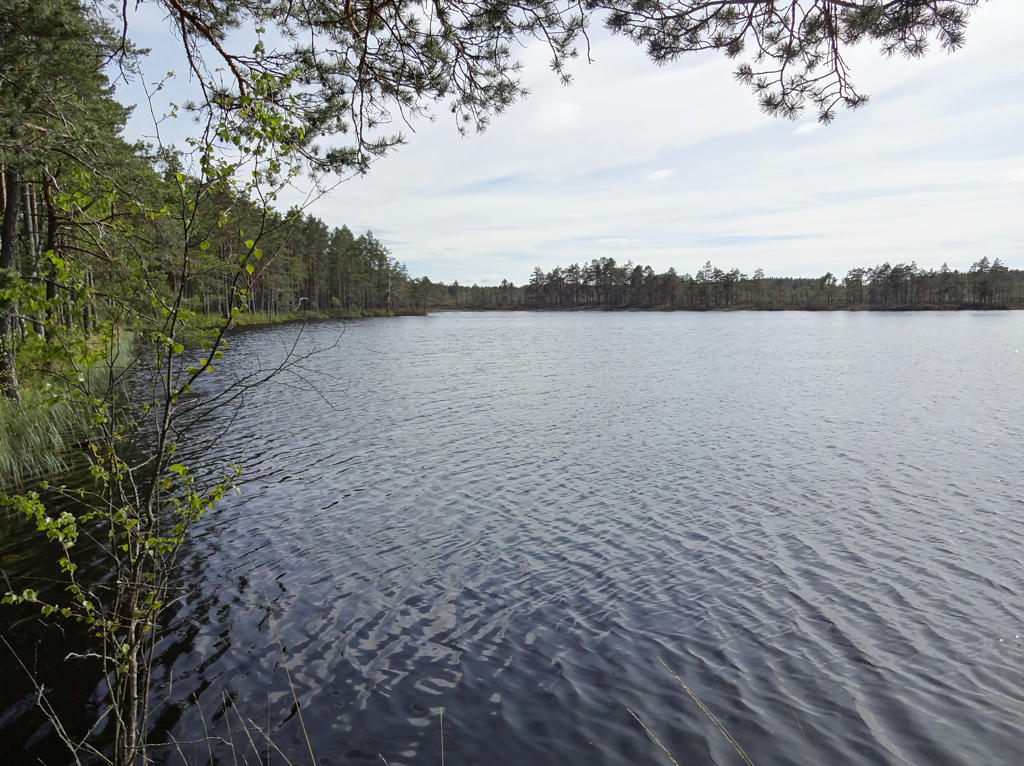
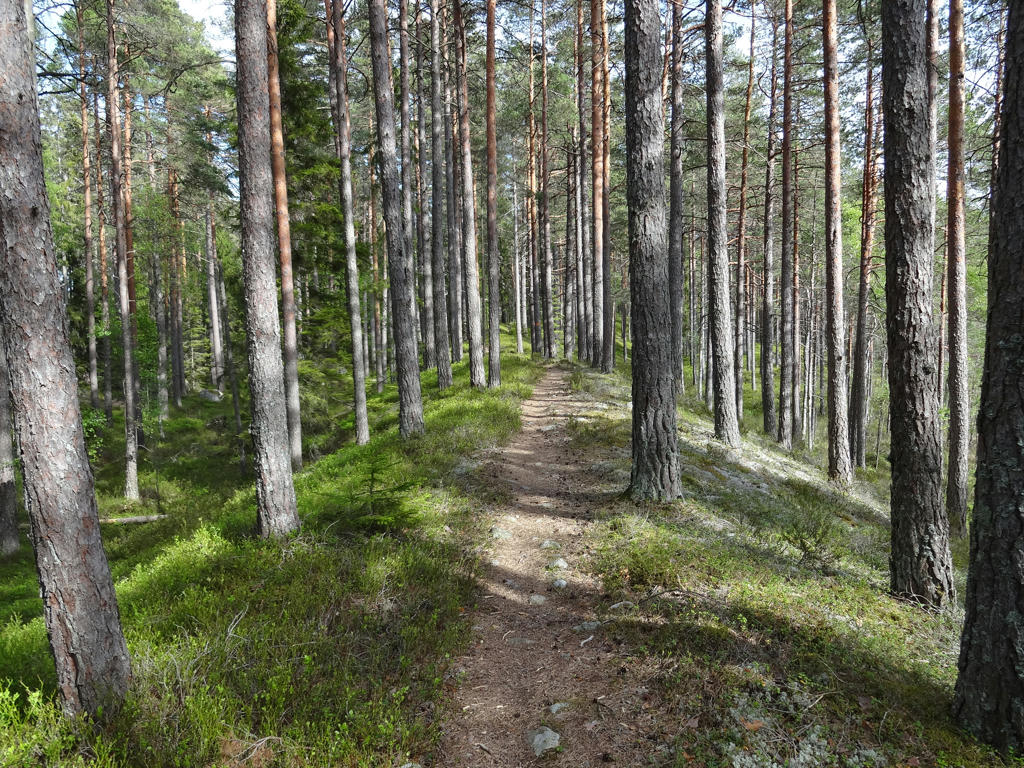

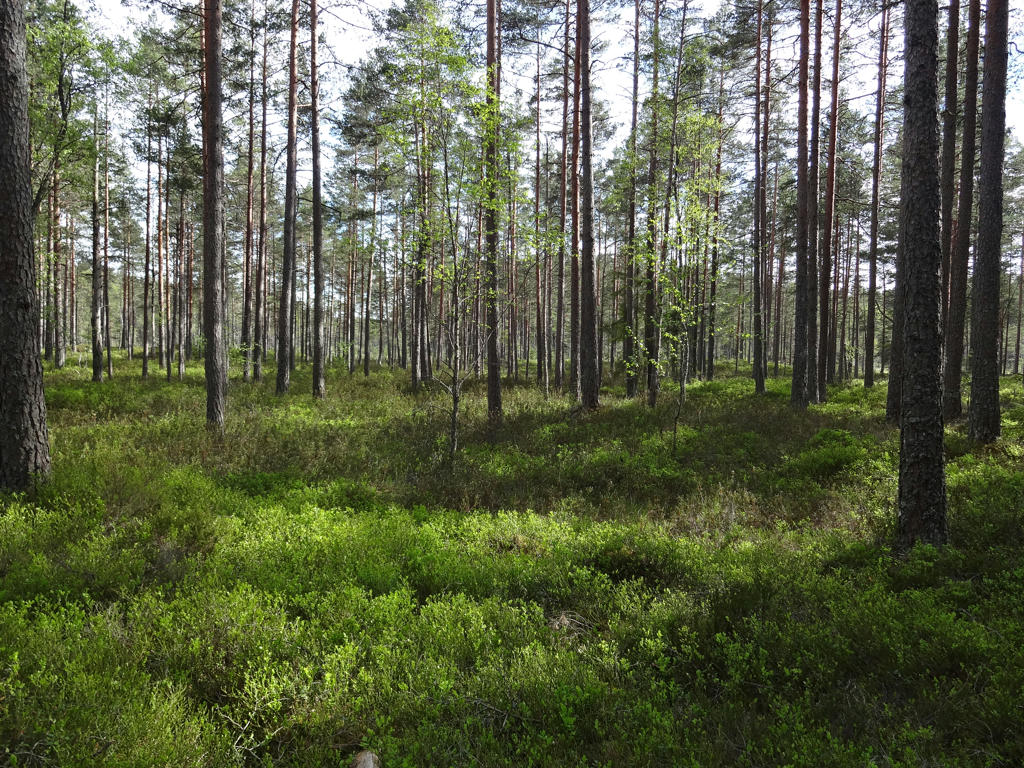
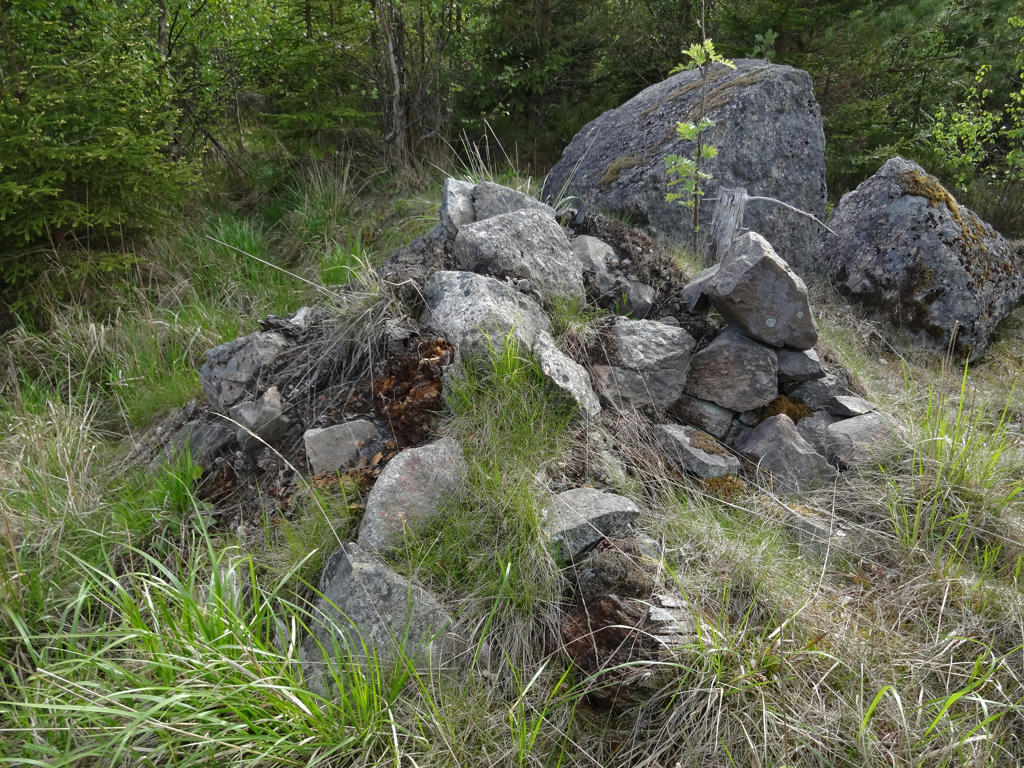
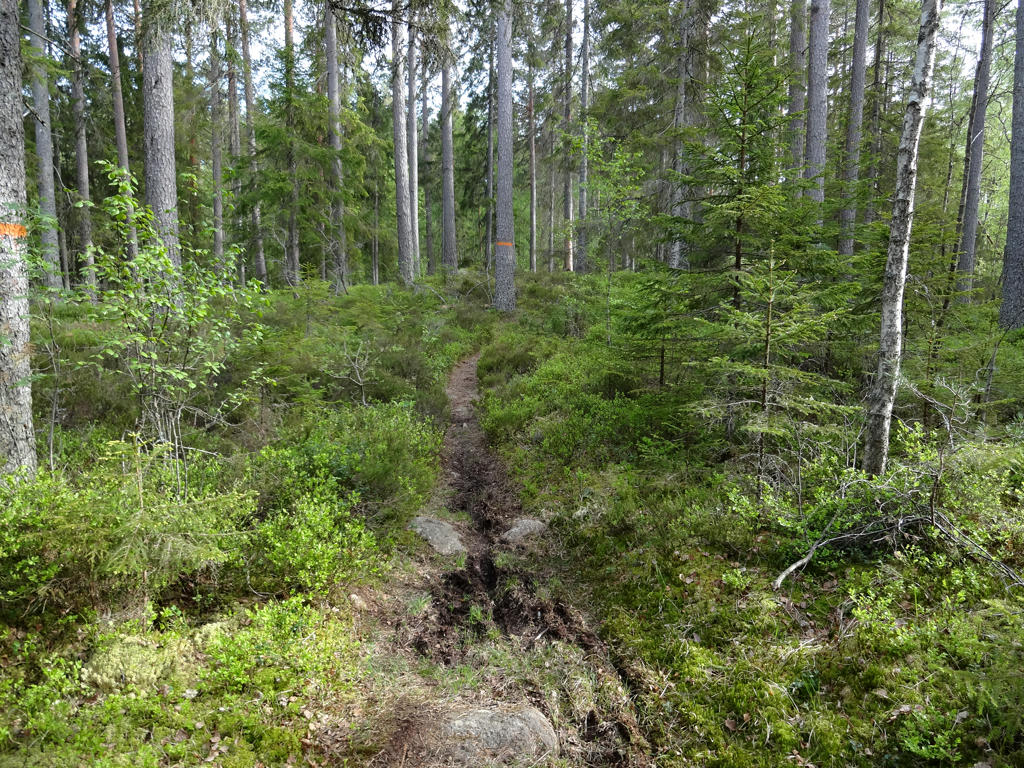
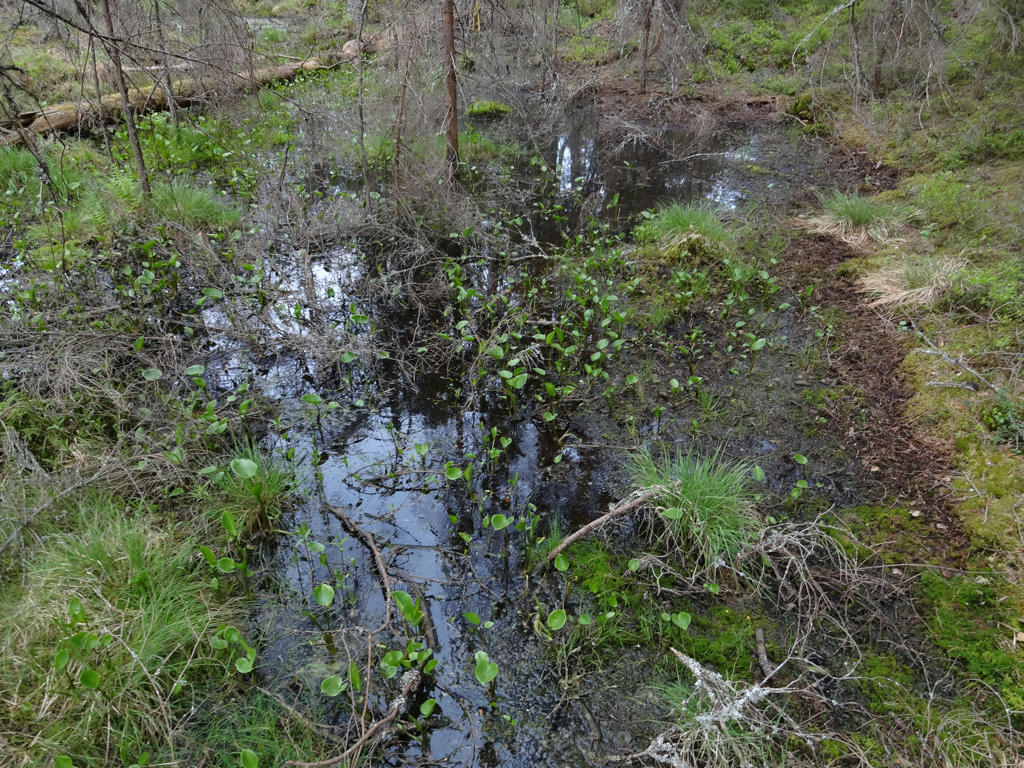
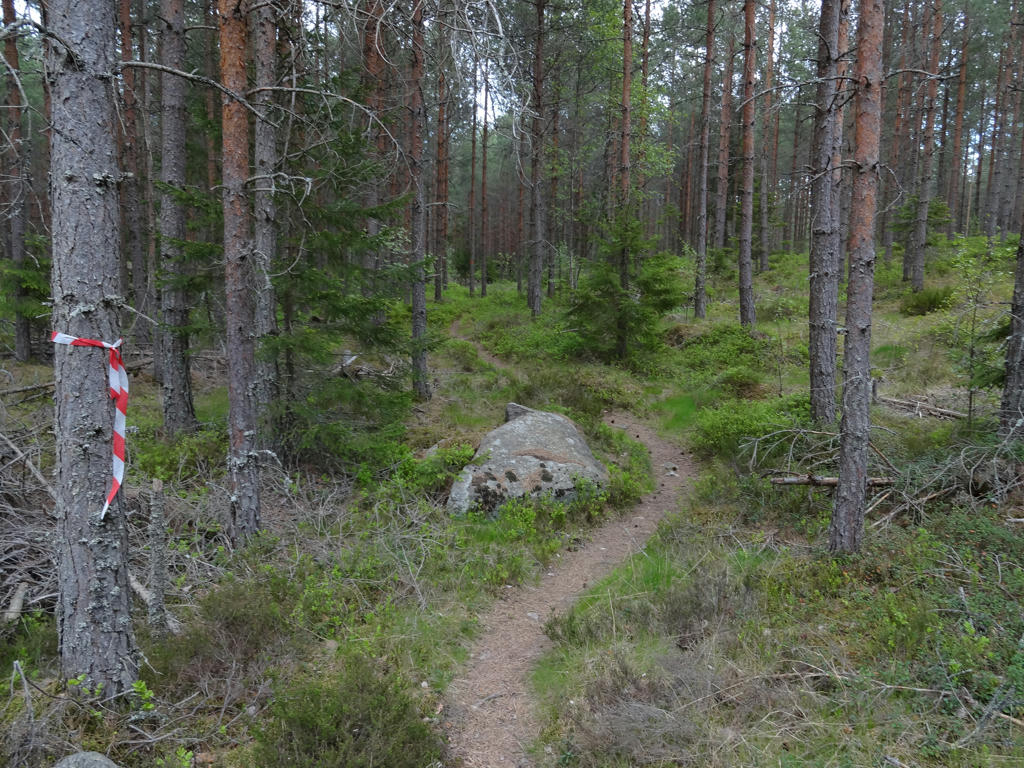
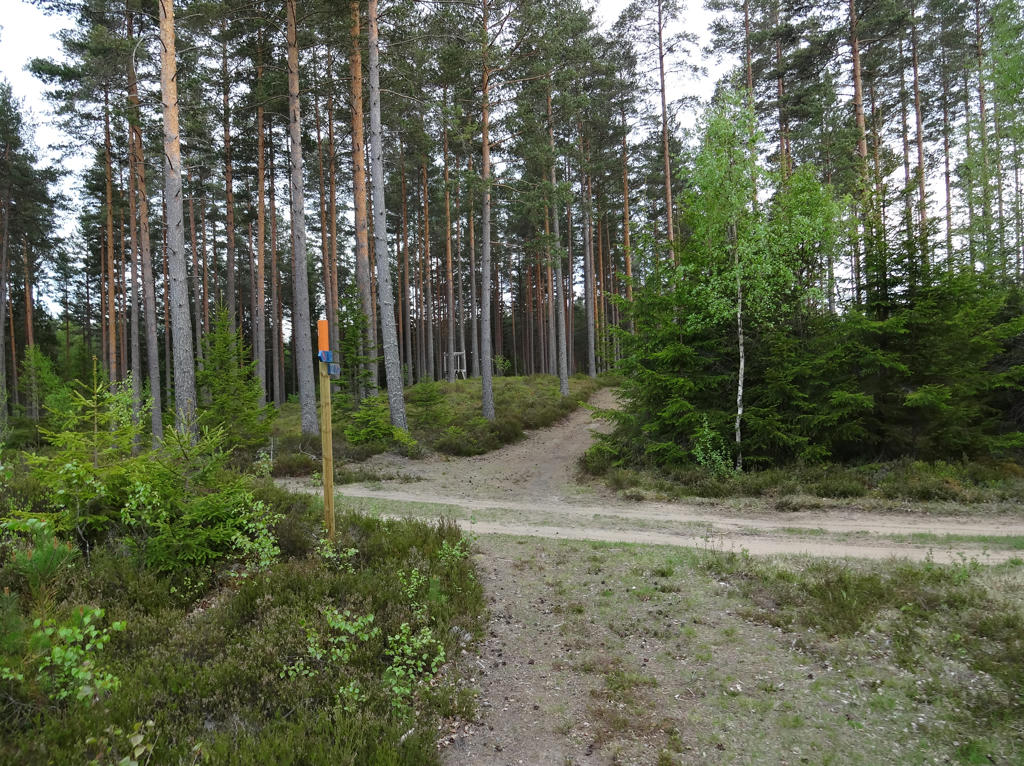
Inga kommentarer:
Skicka en kommentar